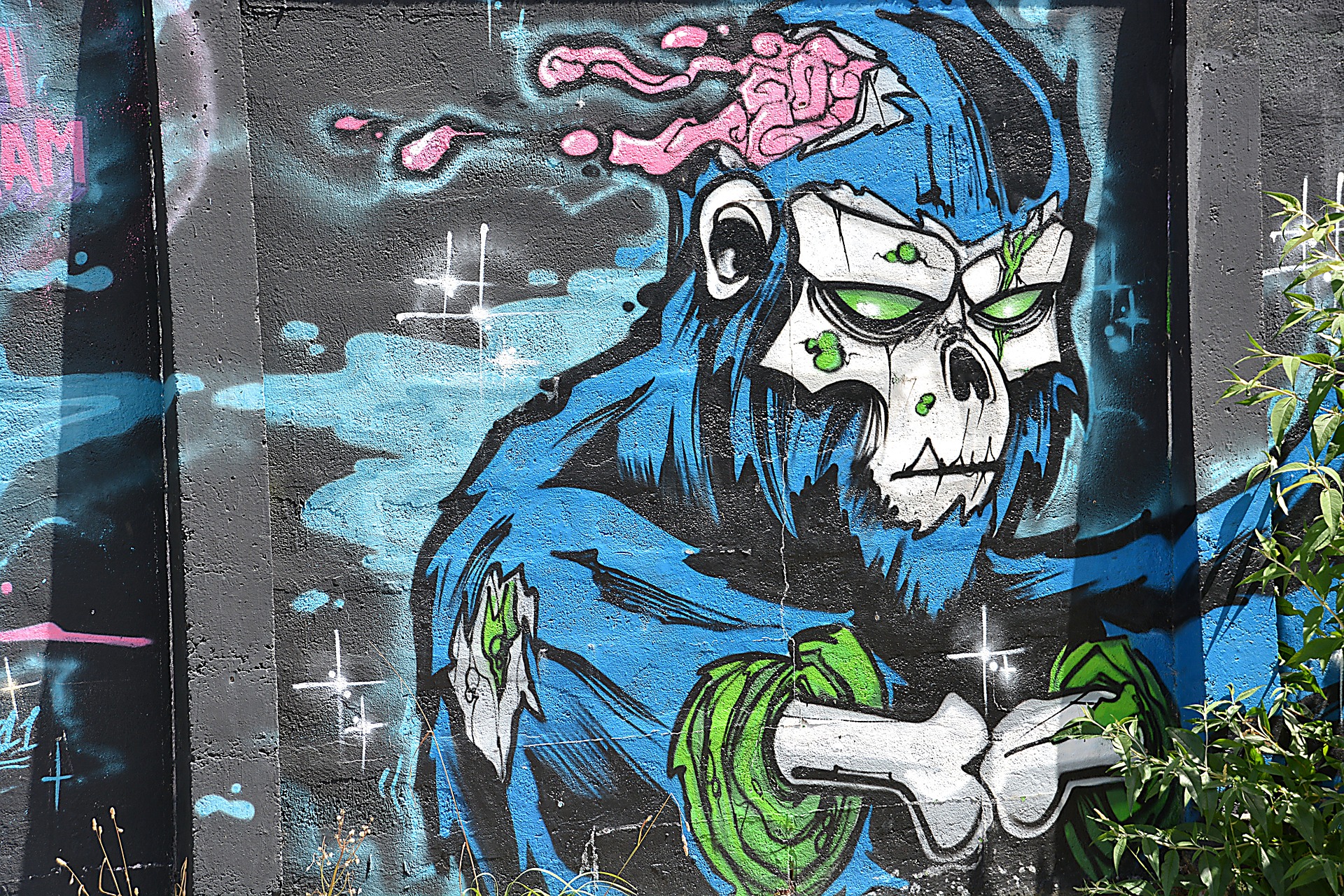Transcending the Canvas: Digital Art in the Contemporary Scene
Introduction: The art world is in a state of flux, with new technologies and platforms continually reshaping the way we perceive and engage with art. This article delves into the rise of digital art, its impact on contemporary culture, and the way it has revolutionized artistic expression in the 21st century.

Digital Art: A Brief History
In the early 1960s, artists began experimenting with computers, giving birth to digital art. What started with simple algorithms and basic graphics, evolved into complex 3D models, interactive installations, and more recently, virtual and augmented realities. Despite facing criticism and skepticism in its infancy, digital art has proven its longevity and relevance, carving out a distinct niche within the art world.
The Present Landscape
Today, digital art has breached the confines of traditional galleries and museums, finding a home in the infinite expanse of the internet. The rise of social media platforms like Instagram, TikTok, and Pinterest, has democratized the distribution of digital art, allowing artists to reach global audiences with a single click. Furthermore, the advent of blockchain technology and non-fungible tokens (NFTs) has revolutionized the way digital art is owned and traded, elevating its commercial value.
The Impact of Digital Art
Digital art has significantly impacted contemporary culture, transforming the way we perceive, create, and engage with art. It has enabled infinite possibilities for creativity, breaking the boundaries of physical space and traditional mediums. Digital art is not confined to a canvas or a sculpture—it can be interactive, immersive, and ever-changing. It has also democratized art creation, making it accessible to anyone with a digital device.
Reception and Criticism
While digital art has found a broad audience, it has also faced criticism. Some critics argue that it lacks the tangible quality and craftsmanship of traditional art. However, many others have embraced it as a valid form of artistic expression, appreciating its innovative nature and the opportunities it provides for creative exploration. The debate about the legitimacy of digital art is a testament to its disruptive impact on the art world.
Looking Forward: The Future of Digital Art
As technology continues to advance, so will the possibilities for digital art. Virtual and augmented realities offer immersive experiences that transcend the boundaries of traditional art. The rise of NFTs suggests a future where digital art is recognized and valued on par with physical art. Regardless of the challenges it may face, digital art is here to stay, continually reshaping the landscape of artistic expression.
In conclusion, the rise of digital art represents a new chapter in the history of art, challenging traditional notions and opening up new avenues for creativity. Its impact on contemporary culture is undeniable, and its future holds infinite possibilities. Digital art is not just a trend—it is a revolution, redefining what art can be in the 21st century.




